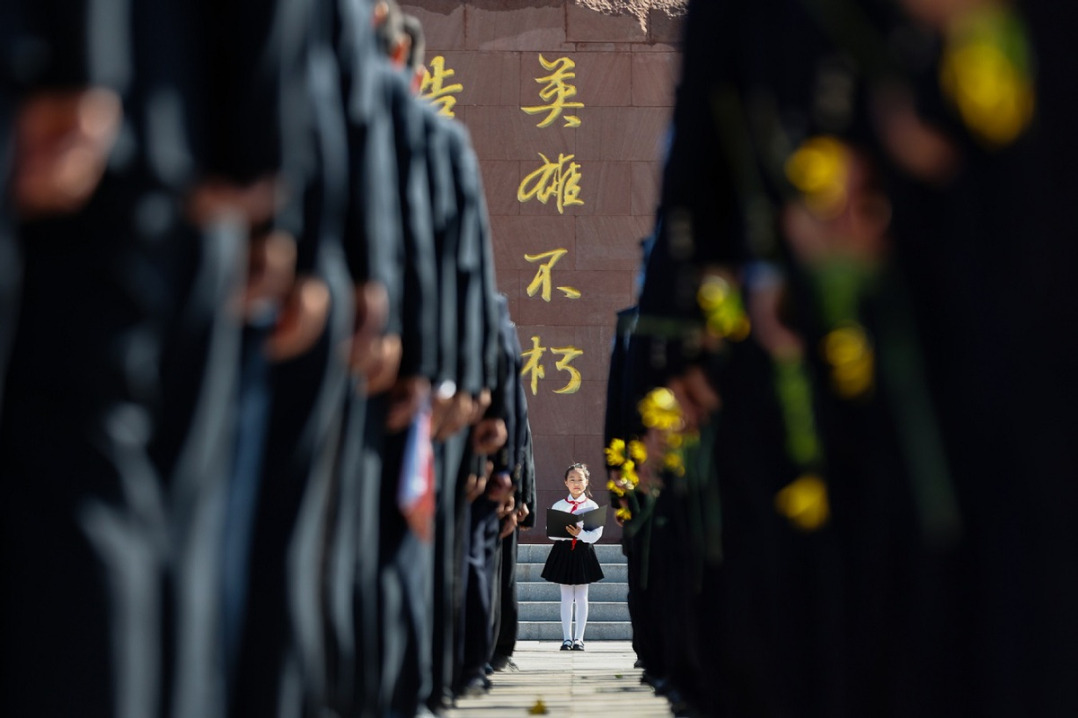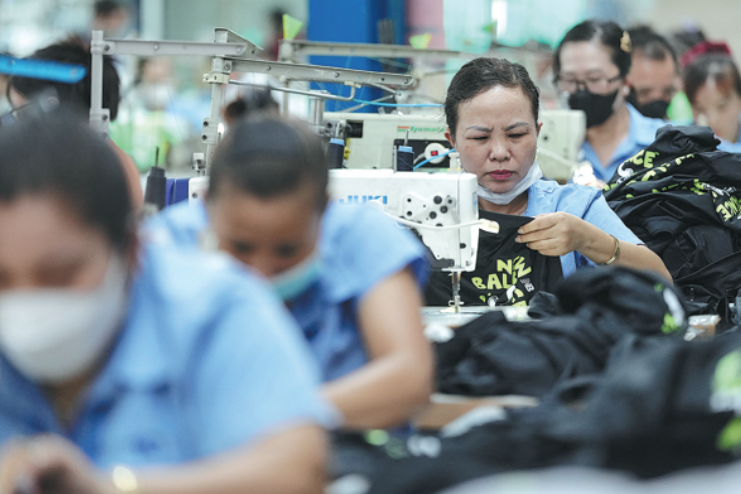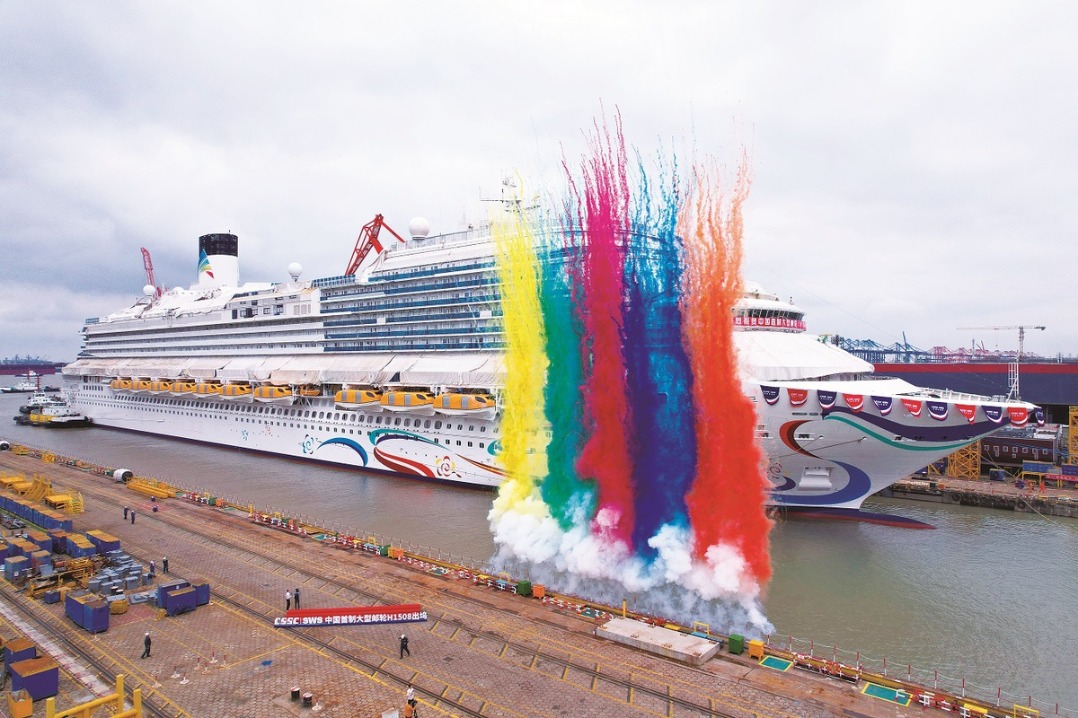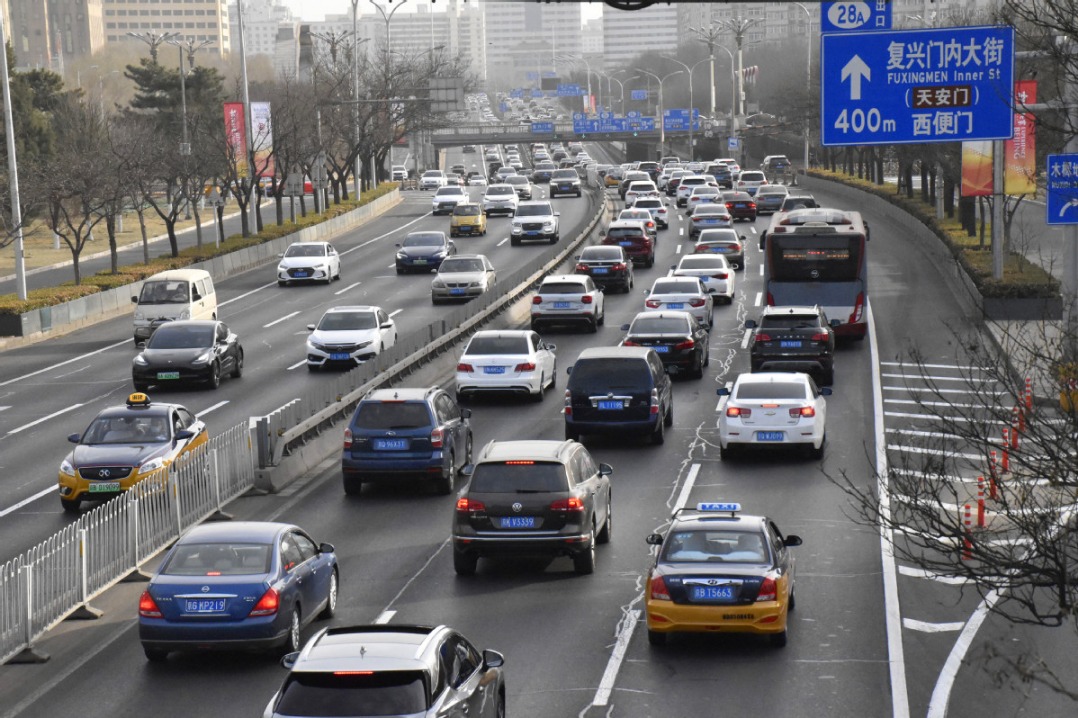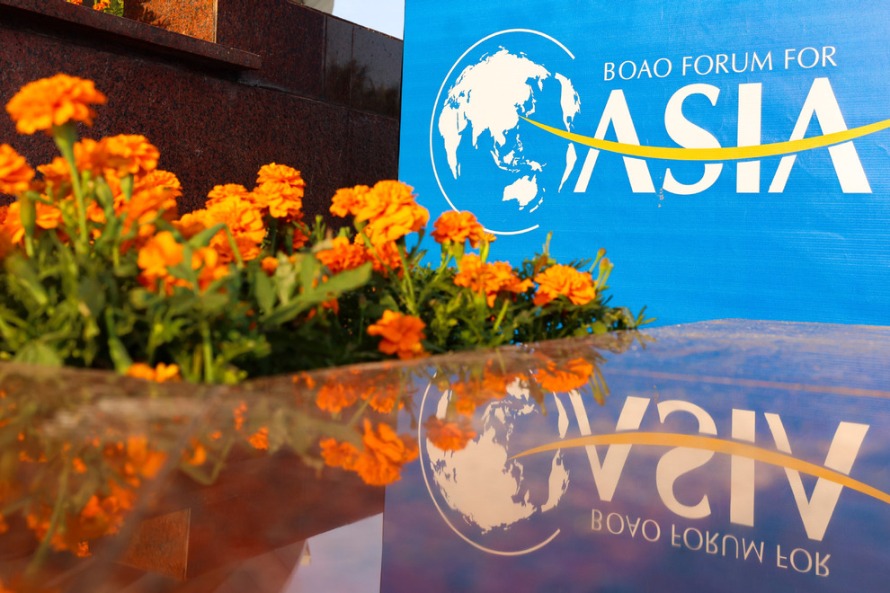Archaeologists unearth the ancient past of a 'city of the future'
Xinhua | Updated: 2024-04-15 06:07

SHIJIAZHUANG — Ruins of eight ancient cities, dating back to more than 2,000 years ago, have been uncovered in the Xiong'an New Area, suggesting that the site of China's "city of the future" boasts a long history.
The earliest ruins, namely Nanyang, included two city sites from the Warring States Period (475-221 BC). The Nanyang ruins and their surrounding areas cover nearly 18 square kilometers, with cultural relics spanning nearly 3,000 years from the Neolithic Age to the Song (960-1279) and Jin (1115-1234) dynasties.
Xiong'an was named after two counties — Xiongxian and Anxin, where the ruins of the two cities were found. The Xiongzhou ancient city in Xiongxian was built during the period of the Five Dynasties and Ten Kingdoms (907-960), and a few sections of the city walls from that time still remain. Anxin was home to the Anzhou ancient city that was established during the Song Dynasty, where up to 3 kilometers of city walls, some 1.5 to 2 meters tall, still stand.

In April 2017, China announced a plan to establish the Xiong'an New Area, which includes Rongcheng, Anxin and Xiongxian counties, as well as some adjacent areas in North China's Hebei province.
A team of archaeologists from the Hebei provincial institute of cultural relics and archaeology started work in May that year, conducting a thorough investigation covering 1,770 sq km to survey cultural relics in the area.
To date, they have excavated more than 20,000 square meters, unearthing more than 4,000 items, including bronzeware, jade articles, stoneware, porcelain, and mostly, pottery. They have also identified 263 immovable cultural relics.
Lei Jianhong, head of the archaeology team, says that although Xiong'an is under construction and known as the "city of the future", the findings show that it was not conceived on a blank piece of paper. "Rather, this area boasts a long history and rich culture," Lei says.
Song Shaojun, deputy head of the Institute for Advanced Study of Yanzhao Culture at Hebei University, says that he believes the relics unearthed at the site are a testament to the integration and exchanges between multiple cultures in Xiong'an.







